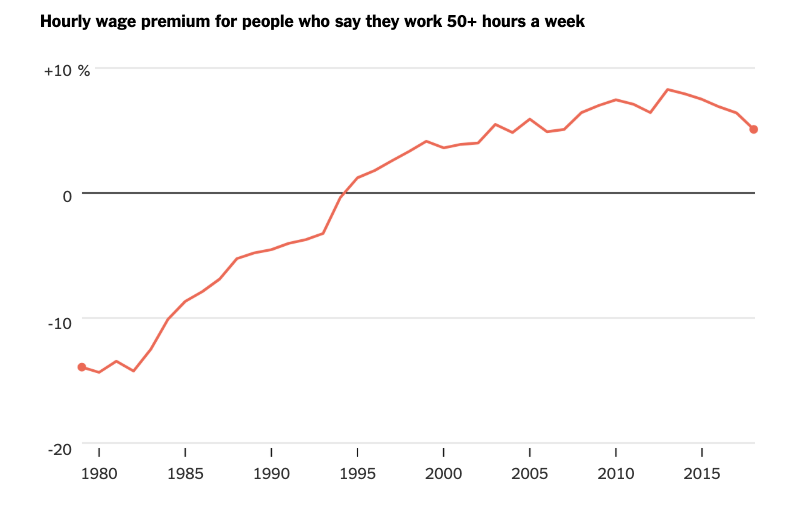What We’re Reading
A few good pieces the Collaborative team came across this week …
Within the next 50 years, Facebook could feel more like a place for the dead than the living. According to academics from the University of Oxford, by 2069, the dead could outnumber the living on the social network.
The number of dead users on Facebook is growing at an unstoppable rate. In 2012, eight years after the platform launched, 30 million users had died.
Today, it has over two billion users and an estimation of 8000 users die every day. Based onFacebook’s user statistics in 2018, researchers have predicted the number of dead users could reach at least 1.4 billion or potentially as high as 4.9 billion by the end of the century.
Combining forest inventory data from 1.2 million locations around the world and satellite images, the scientists estimate there are 3 trillion trees on Earth — seven times more than previous estimates. But they also found that there is abundant space to restore millions of acres of additional forests, not counting urban and agricultural land.
Indonesia is moving its capital city away from Jakarta, according to the country’s planning minister … Jakarta, home to over 10 million people, is sinking at one of the fastest rates in the world.
One in Seven Homes in Japan Is Empty … A record 8.46 million Japanese homes are sitting vacant as builders keep adding stock in a country where the population is shrinking.
The number jumped by 260,000 in a twice-a-decade survey released by the government on Friday, reaching 13.6 percent of housing, the Nikkei Asian Review reported.
I found an experiment performed by John R. Beech from the University of Leicester, in which participants had to guess the gender of the author of random writing questionnaires based upon their handwriting. Overall 65.67% of the males handwriting was identified correctly, and 66.08% of the females handwriting was identified correctly. So overall the majority of the time people could correctly indicate which gender was behind the handwriting … One mechanism was the different physical features of men and women. On average the males in the study had bigger hands than the females, and their second finger tends to be relatively shorter than their fourth finger possibly resulting in a different writing style. Although, those who judged the handwriting were given criteria to rate the quality of writing on a scale of 1-5, and both genders writing on average resulted in a 3. This highlights the fact that females handwriting is not necessarily neater than males, yet they can still be differentiated from each other.

Enjoy your weekend.